For the three teams which finished at the bottom of the 2021 world championship standings, Formula 1’s new rules offer a vital opportunity for them to gain ground on their rivals.
Mercedes-powered Williams plus Ferrari customers Alfa Romeo and Haas all diverted resources early to their 2022 projects for that very reason. While their cars inevitably bear some similarities to those which share the same power units, there are noticeable differences which are much more than just cosmetic.
Williams
The Williams team and car looked strong out of the box, completing a decent number of laps on the board during pre-season shakedown. Considering that they were not able to have a complete car at pre-season testing in 2019, the Grove-based team has made great strides under its new ownership and management.The most eye-catching feature on the Williams is the sidepod. Their design fully focuses on creating a downwash to aid the flow over the top of the diffuser with the curvature of the top side of the sidepod turning down towards the floor.
The sidepod inlet is larger than most we have seen on the grid and is similar to last year’s designs. Under the inlet, there is a decent undercut but this quickly fades towards the back. The sidepod itself also ends rather abruptly with the bodywork disappearing before the rear suspension pick up points. This perhaps enables Williams to route some of the cooling over the top of the diffuser but seems a bit odd as bodywork might have helped clean up the airflow in this sensitive region.
The engine cover on the Williams is also rather large and bulbous which contrasts with the tight packaging on the Mercedes W13, which shares the same power unit. Like the McLaren, the Williams has quite pronounced cooling exits in the rear. This also indicates that Williams too has perhaps not been able to find as efficient of a cooling solution like the W13.
This is likely to be a focal point for development for the two Mercedes-powered customer teams to shrink down some of their bodywork in pursuit of aerodynamic gains once they are satisfied with reliability.
Alfa Romeo
Alfa Romeo ran their new C42 in a special camouflage livery during its shakedown at Fiorano and the subsequent three-day test at Circuit de Catalunya.
While it shares the same power unit as Ferrari, the overall design is radically different in several respects. The front suspension geometry is a push-rod configuration with the upper control arms at a noticeable attitude, indicating anti-dive was taken into consideration. But things get interesting at the rear.
Advert | Become a RaceFans supporter and
Alfa Romeo uses the same gearbox internals as Ferrari but has opted to design their own casing. This has allowed C42 to be designed with a push-rod configuration rather than the pull-rod geometry that the F1-75 is running.
However, it seems that the aerodynamic advantages others have realised with the push-rod geometry are not being achieved in comparison to Ferrari’s own design. This may have been an operational decision allowing Alfa Romeo flexibility on their own timeline without depending on Ferrari finalising their suspension mounting points on the gearbox casing.
The sidepods on the C42 also differ greatly from the Ferrari and Haas cars. While the upper half of the sidepod on the Alfa Romeo also stretches out wide to push the tyre wake outwards, it has a much more aggressive undercut to wrap the airflow around the underside.
Given the size of the sidepods and the relatively small airbox entry, it seems that most of the cooling in the Ferrari-powered cars are done in the sidepods. Notably, the C42 appears not to have rear cooling exits on the engine cover. To offset this, the C42 is designed with more cooling louvres over the top face of the sidepod than any other car on the grid.
Haas
Big things were expects from Haas’s VF-22 as the team committed virtually no resources to last year’s car while ploughing its efforts into the following season. However the car’s design appears conventional on the whole, and if this was a conscious effort to ensure reliability from the outset it didn’t pay off, as only Alfa Romeo covered fewer laps in the first test.
The partially-detached shark fin as a minor but notable detail. Under the detached section, the VF-22 has a row of cooling louvres (1). This has helped Haas shrink the rear cooling outlets on the engine cover significantly (2).
The overall basic concept of the sidepod and coke bottle section of the car is similar to that of the Ferrari. The sidepods are big and bulbous, sweeping out wide to push out the tyre wake. Cooling louvres over the top of the sidepods which twist up towards the engine cover towards the back of the car can also be seen on the VF-22.
Haas has also opted to separate the structural section of the nose from the forward-most part to aid the development of the aero-sensitive area where the nose and front wing meet (3).
The turning vane on the outside of the endplate is also novel. Unlike the other cars on the grid which have an aerofoil-like curved vane, the VF-22 has a turning vane that looks like a backward tick-mark (4). The team may have found this shape to create a stronger flow structure to push air away from the tyres.
All three of these teams occupied the bottom three places in the constructors’ championship in 2020, which under F1’s recently-introduced rules allocated them more wind tunnel time than their rivals last year to produce their 2022 machines. It’s too soon to say whether they have translated that into an on-track advantage, but the continuation of testing in Bahrain next week should give further clues.
Advert | Become a RaceFans supporter and
F1 technology
- Pictures: Alpine’s new front wing and more Suzuka updates
- Pictures: Red Bull bring first performance upgrade for RB20
- How teams have tweaked their cars to hit higher speeds in Jeddah
- ‘A horrible project’: Why duplicating Red Bull’s trend-setting suspension is so difficult
- Aston Martin, Mercedes, Haas and others describe extensive US GP updates




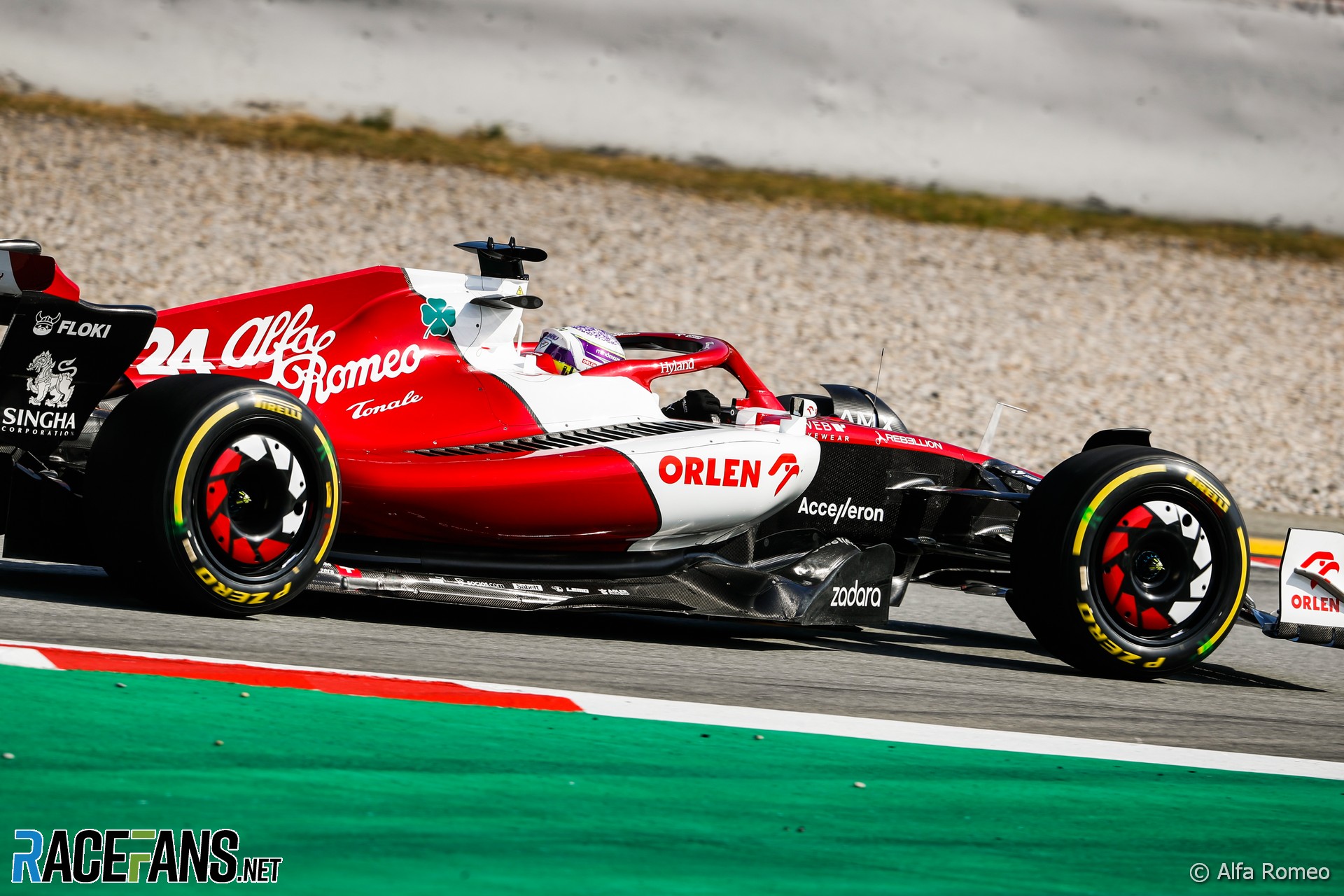
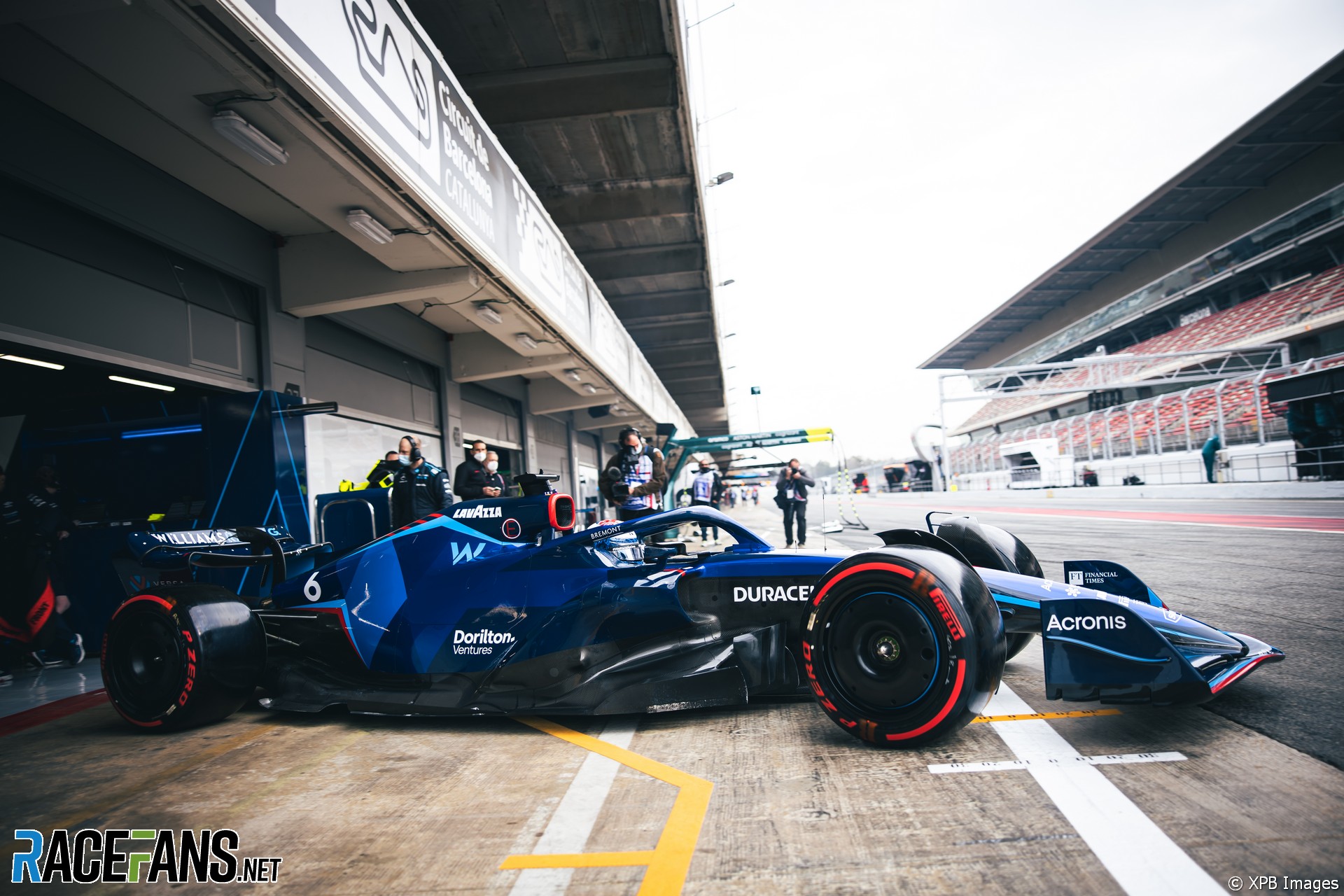
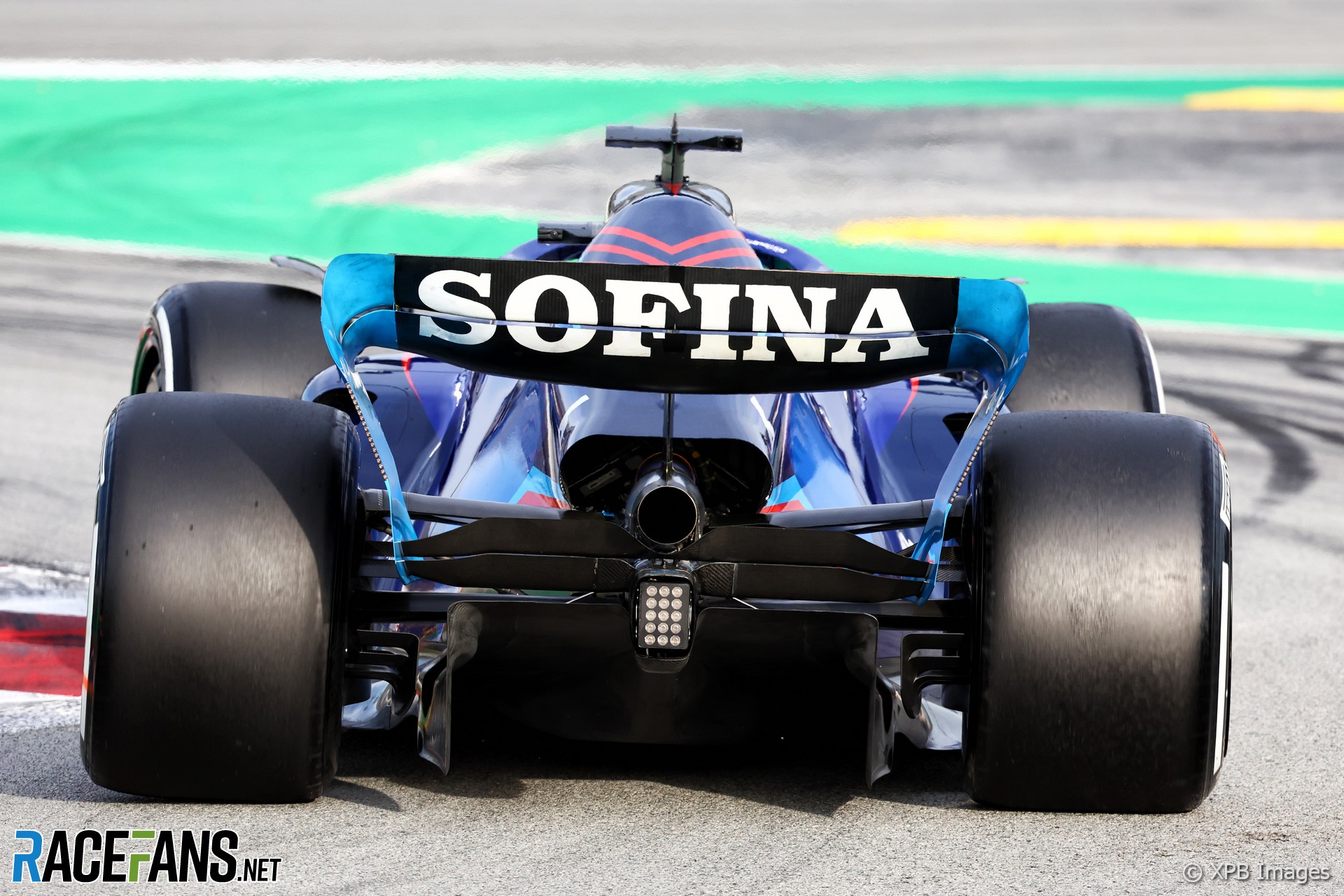
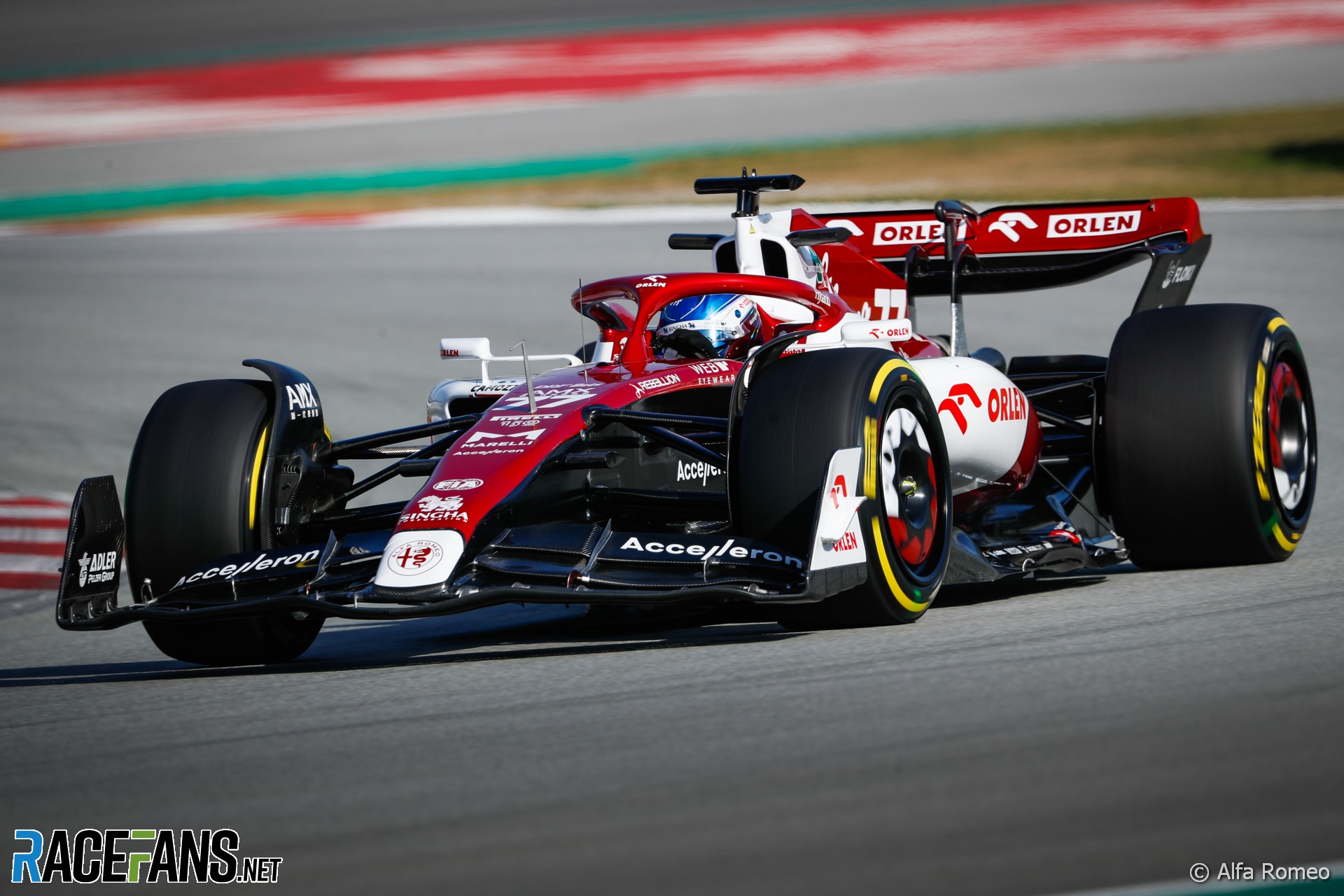
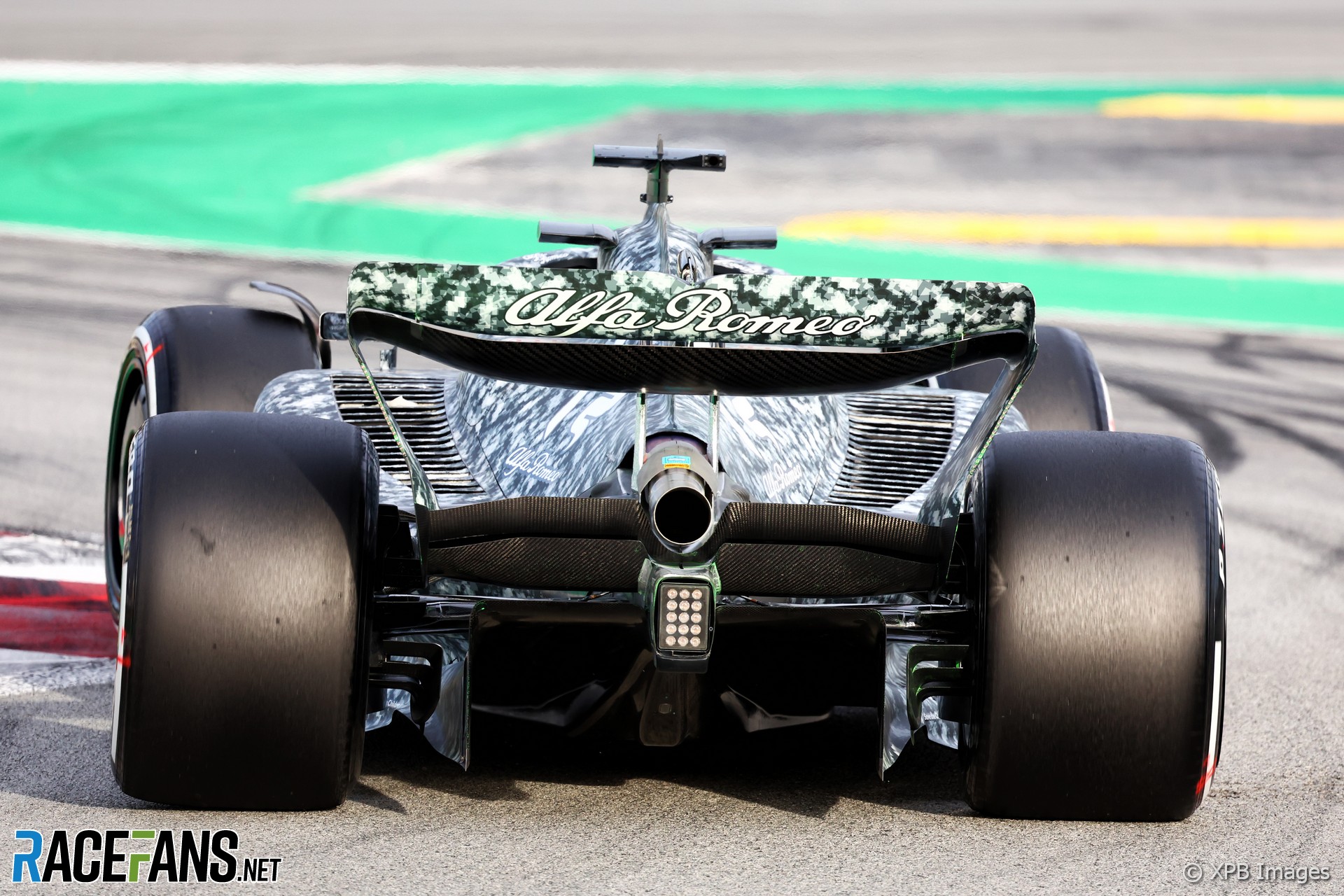
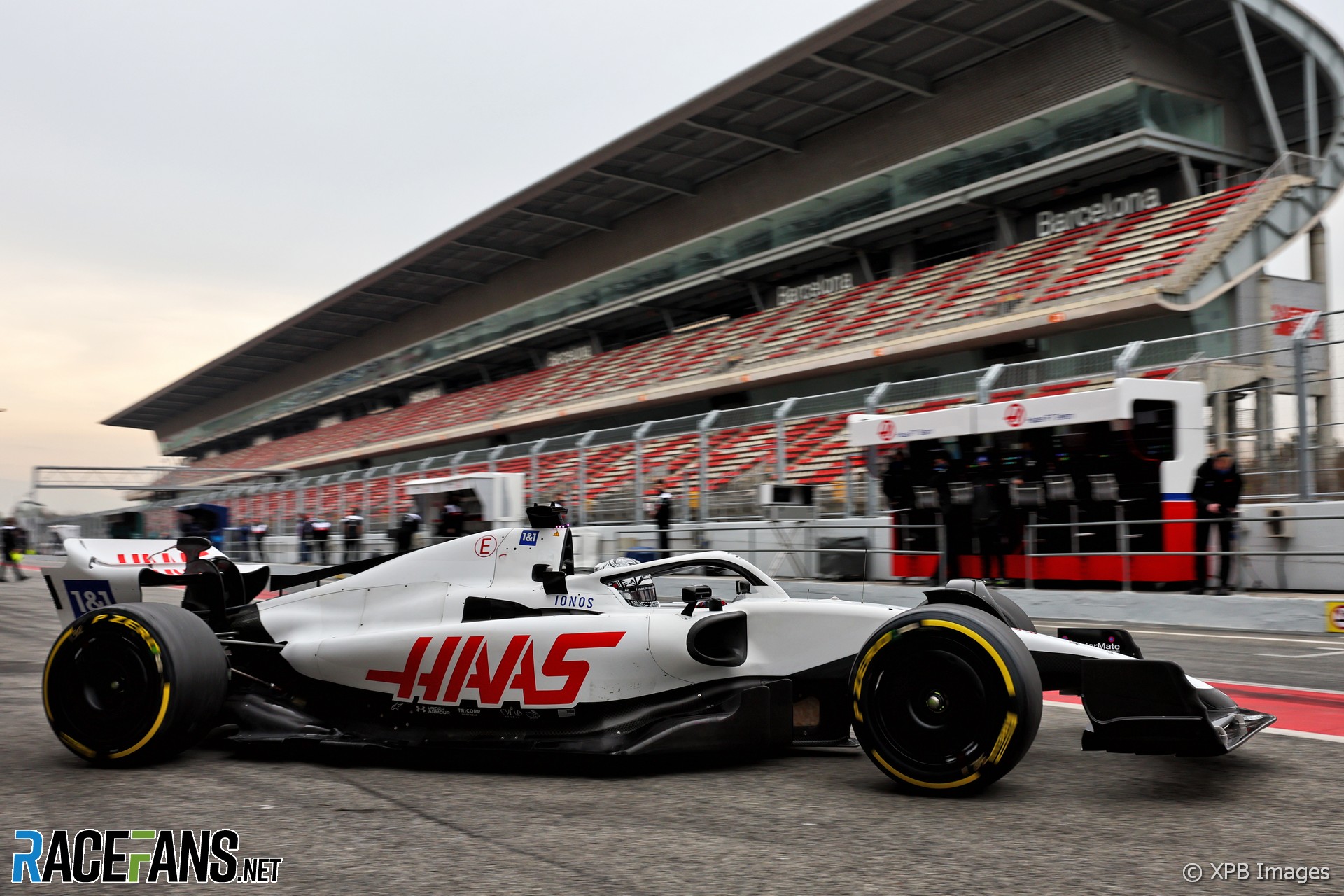
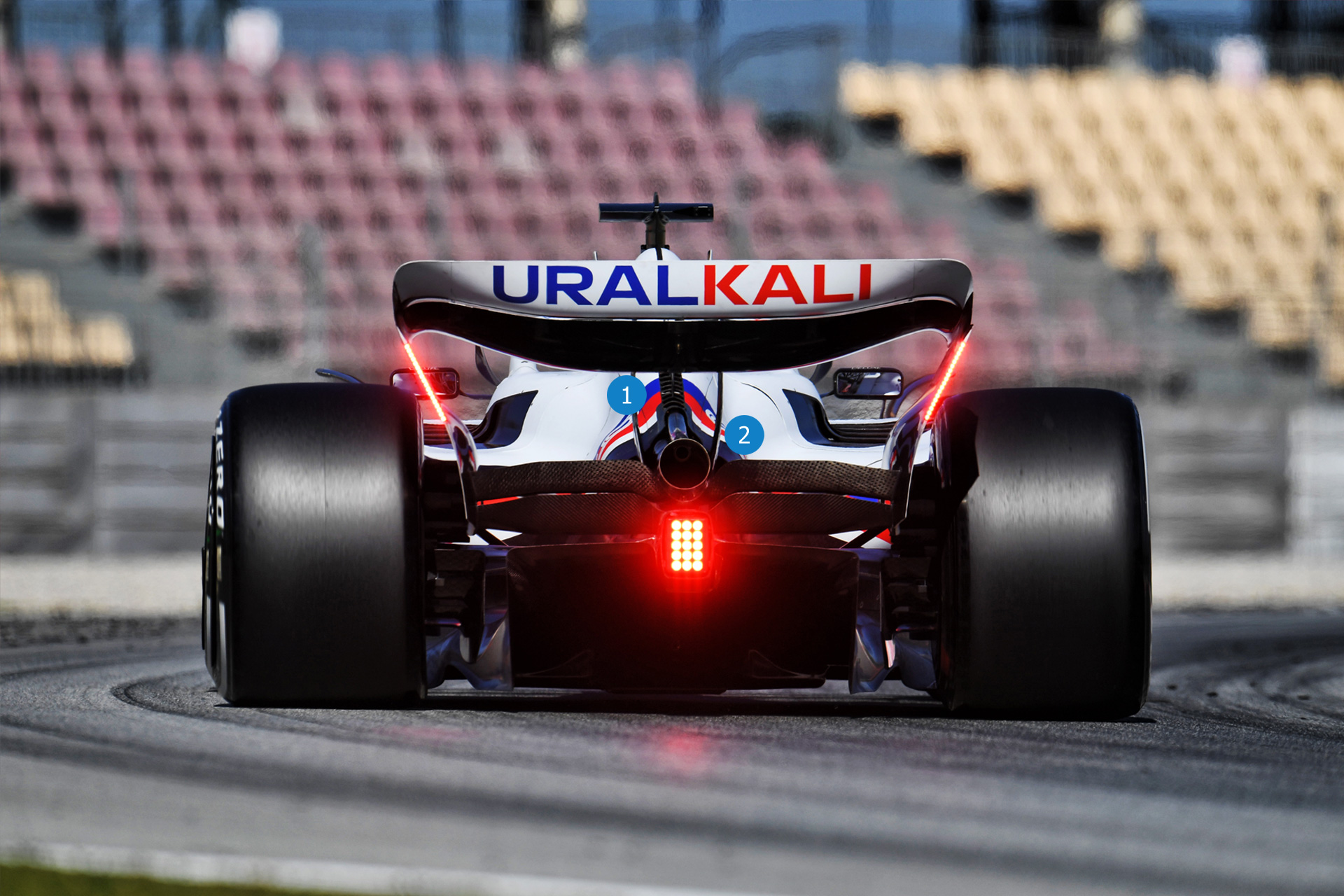
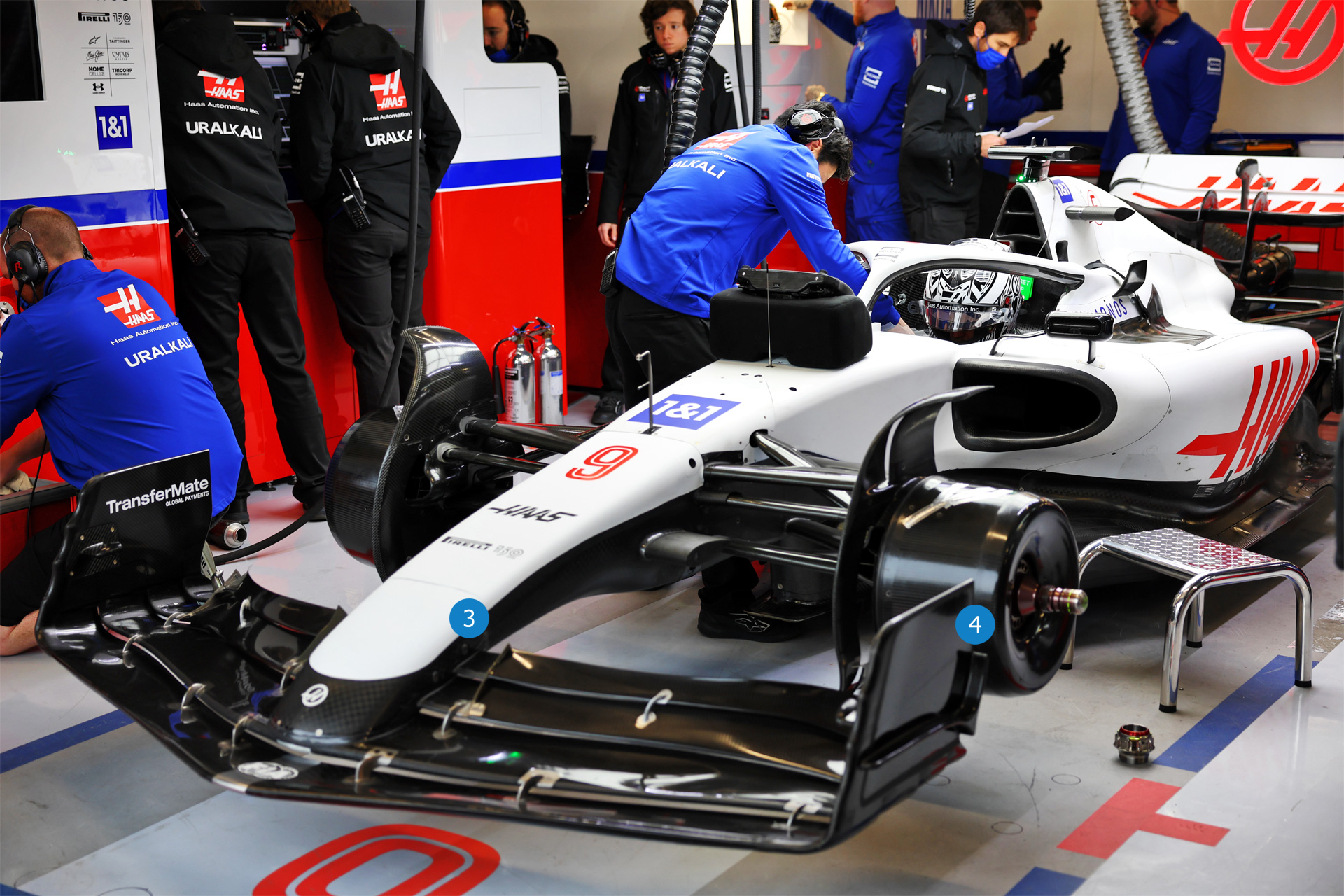
Esploratore (@esploratore1)
2nd March 2022, 13:34
I believe the testing indications were pretty negative for these teams, except maybe williams, but even so, without russell I have a hard time seeing how williams will impress this year.
Sensord4notbeingafanboi (@peartree)
2nd March 2022, 20:36
Alpine looks far simpler than any of these cars.
ferrox glideh (@ferrox-glideh)
3rd March 2022, 21:47
That was a nice little article, succinct and well illustrated. I am starting to get back in the mood for another season of F1!